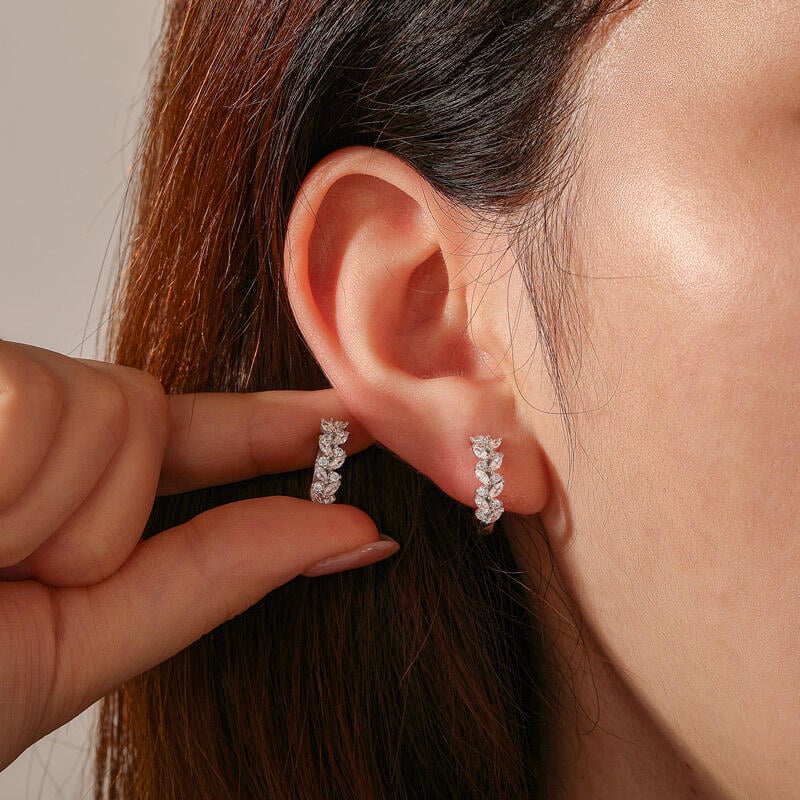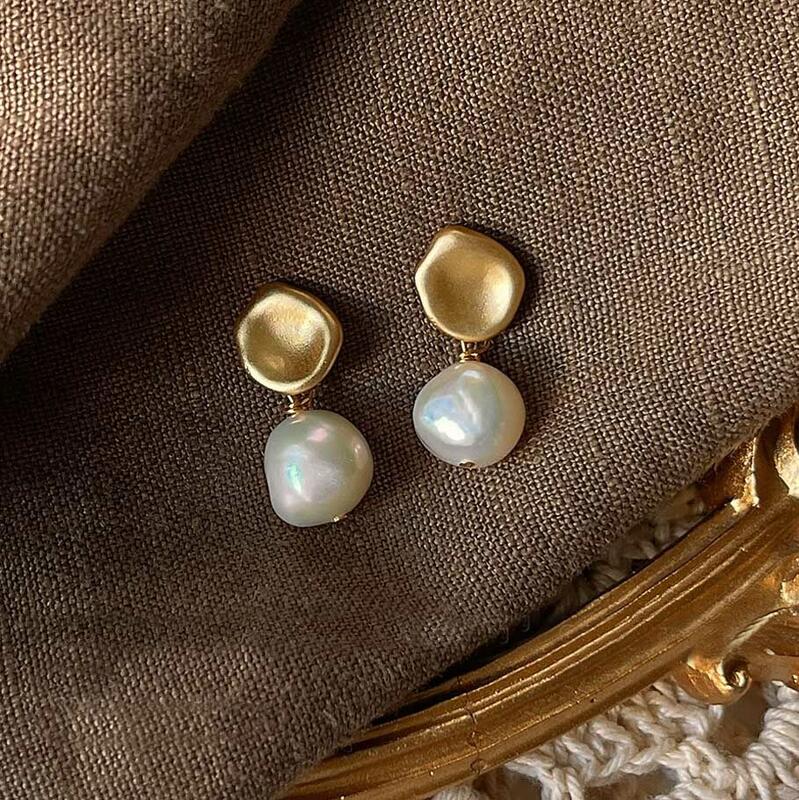Earrings, humanity’s oldest adornment, transcend fashion. They are miniature biographies carrying millennia of history, silently symbolizing status and identity across ages. Why do we pierce our ears? This simple question opens a door to thousands of years of culture. Let’s decode the silent language of the earring and uncover the profound meaning of the jewelry we wear closest to our minds.

1. The Ancient Meaning: Protection and Status
The history of the earrings is inextricably linked to magical thinking and social hierarchy. They were never just decorative; they were essential.
Protection Against Evil
In many ancient civilizations, the ear was considered a vulnerable entry point for evil spirits or demons trying to enter the body. Piercings and the resulting metal adornments were worn as amulets.
- Ancient Egypt: Elaborate earrings were worn by both men and women, not just as symbols of wealth, but as talismans believed to protect the wearer in both life and the afterlife.
- The Greeks and Romans: Jewelry was used to signify devotion to specific gods or goddesses, often worn on the lobe as a form of sacred protection.
Displaying Wealth and Power
Before banks existed, jewelry was a portable, concentrated form of wealth. Earrings, especially those crafted from heavy gold or large precious stones, were unmistakable declarations of status.
In many societies, only royalty or the highest elite were permitted to wear specific metals or gem sizes. If you possessed large, complex earrings, you were communicating immediate and undeniable financial power.
2. The Cultural Meaning: From Sailors to Rites of Passage
Beyond protection, specific types of earrings have served as crucial identifiers—marking jobs, heritage, and social milestones across different cultures.
The Mariner’s Mark
Perhaps the most romanticized meaning is found among historical sailors and pirates. A traditional gold hoop wasn’t just decoration; it was a morbidly practical life insurance policy.
- Burial Payment: A sailor might wear a gold earring so that if his body washed ashore in a foreign land, the precious metal could be used to pay for a proper Christian burial.
- Proof of Travel: Some mariners received a piercing only after they had successfully crossed the equator or rounded a difficult cape, making the earring a wearable map of their achievements.
Rites of Passage
In many cultures globally, getting the ears pierced is a significant rite of passage, marking the transition from childhood to maturity.
The act of piercing signifies that a young person is ready to take on the responsibilities associated with adulthood. In some Indigenous cultures, the complexity of the earring or the number of piercings dictates social standing or marital eligibility.
Lineage and Heirloom
Earrings are uniquely positioned to become family heirlooms. Because they are often small and relatively robust, they are passed down through generations, carrying the ancestral stories and stylistic choices of those who wore them before. Wearing Grandma’s pearl drop isn’t just about fashion; it’s about connection to lineage.


3. The Modern Meaning: Rebellion, Expression, and Stacks
Today, the meaning of the earring has shifted from cultural necessity to radical personal choice. The modern ear is a canvas for nuanced expression, often telling a deeply personal, non-verbal story.
The Language of Placement
The 20th and 21st centuries saw earrings move far beyond the traditional lobe, and the placement itself gained symbolic weight:
- The Single Earring (Defiance): Popularized by the punk and grunge movements, a single, often oversized earring (or unusual placement like the industrial bar) became a symbol of non-conformity and rebellion against traditional gender norms.
- Gauges and Plugs: Stretching the lobe is an ancient practice that found modern resonance in counter-cultures, signaling a rejection of mainstream aesthetics and a dedication to personal body autonomy.
- The Ear Stack: In contemporary fashion, the mix-and-match ear stack (a curated collection of hoops, studs, and cuffs) is the ultimate form of self-expression. It signals an attention to detail and a commitment to nuanced style—a way of saying, “I choose my own meaning.”
Gender and Identity
For centuries, earrings swung in and out of fashion for men. In the 1980s and 90s, the practice re-emerged strongly.
- Choice and Fluidity: While sometimes a single earring on the right or left was used as a subtle code, today, men wearing earrings simply signifies style, confidence, and comfort with fluid self-expression, completely divorcing the accessory from rigid gender rules.


Final Thought
The true, current meaning of your earrings lies in your hands. Whether you wear a delicate diamond stud gifted for a milestone birthday, a bold statement hoop purchased on a whim, or a meaningful heirloom, that piece of jewelry is doing much more than catching the light. It connects ancient traditions of status and mysticism to your modern identity.
More Jeulia Post:
Bow Earrings: A Tiny Touch of Whimsy and Elegance
